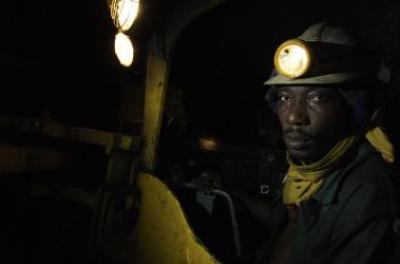Enabling Pro-Poor Management of Zambia’s Mineral Wealth

Summary
Zambia faced challenges managing its natural resource wealth, especially from copper mining, in ways that reduce poverty; diversify the economy; and improve education, health, and livelihoods of Zambian citizens. Chile, another major copper producer, had a track record in supporting fiscal policies and programs that support sound management of mineral revenue, and health, education, and social protection initiatives for the poor. Through an exchange with Chile, officials from Zambia’s Ministry of Finance, sector ministries, and key agencies sought to identify and develop new approaches, policies, and programs that could ensure the pro-poor management of Zambia’s mineral wealth.
In June 2013, Chilean officials visited Lusaka to meet with officials from the Ministry of Finance and various public, private, and civil society organizations to understand Zambia’s challenges and plan a study tour to Chile. For a week in January 2014, a Zambian delegation travelled to Santiago and Rancagua to meet with officials from Chilean ministries and other institutions to learn about Chile’s approaches for managing mineral wealth such as through a Stabilization Fund to guard against volatility in copper prices, integrated planning and budgeting systems, and a mechanism to share mineral royalties with local communities. Delegates explored options for diversifying the economy, such as investing in agriculture and fisheries, and learned about Chile’s national strategy for developing skilled workers. Delegates gained insights into Chile’s programs and strategies for improving social protection, including its use of a unified registry of beneficiaries. They were particularly impressed with how Chile, through the private foundation Fundación Chile, had fostered dialogue and trust between the public sector and mining companies to support innovative solutions to accelerate economic growth. The delegation also visited and learned about the El Teniente mine, the largest copper mine in the world.
What results have been achieved?
After the exchange, Zambian officials developed an action plan to identify “quick wins” in reforming fiscal policies and health, education, and social protection initiatives. Dr. Roland Msiska, Secretary to the Cabinet in Zambia, concluded that the exchange was “a tremendous learning opportunity, and I appreciate the Bank’s convening and connecting role that no amount of financing can substitute.” Other results achieved from the exchange include:
• Zambia’s Minister of Finance announced creation of a Sovereign Wealth Fund to better manage mineral wealth and protect against shocks in copper prices.
• The Zambian Government took steps to improve and better coordinate social protection programs, including development of a unified registry of beneficiaries and a management information system. Zambian officials have committed to use this unified beneficiary registry in a proposed Women Empowerment Program funded by the World Bank.
• Inspired by Chile, Zambian officials have expressed interest in participating in a World Bank-facilitated dialogue to foster trust with mining companies on key issues.

 China
China Colombia
Colombia Denmark
Denmark India
India Indonesia
Indonesia Mexico
Mexico Russian Federation
Russian Federation Spain
Spain United Kingdom
United Kingdom